
We are all doctors, soccer coaches, political scientists, and even urban planning experts. I am joking, of course. Who hasn’t seen a new infrastructure on the highway at some time and, perhaps in the midst of the traffic jam due to the building works, has ranted out loud? “Why did they have to do this?”, “Another roundabout?“, “Wasn’t there another time to do this?” Let’s be more patient and optimistic: it’s about improving mobility and road safety in the metropolis. A worthwhile enterprise that has driven us since the Athens of 2,400 years ago to the present day “It is impossible to separate the life and design of a city from the attempt to understand, experience and build happiness, and offer it to society,” writes Charles Montgomery in Happy City. Transforming Life Through Urban Design (Captain Swing).
Did you know that the mayor of Bogotá created a network of luxury buses to get more people to use public transport? And that Paris turned its urban highways into beaches? Do you know the story of the architect who was inspired by medieval Tuscany to renovate New York? And what about Lakeman, the resident of Portland (USA) who founded City Repair, a non-governmental organization that transformed —contravening the grid of the original plan— the physical and psychological landscape of the city? These are some examples from the book by Charles Montgomery, who states: “Our challenge lies in the way of building, but also in the way of rethinking the environment.” And he concludes: “The leaders of the happy city have already begun to show us the way.”
And now let’s travel in search of greater road safety.
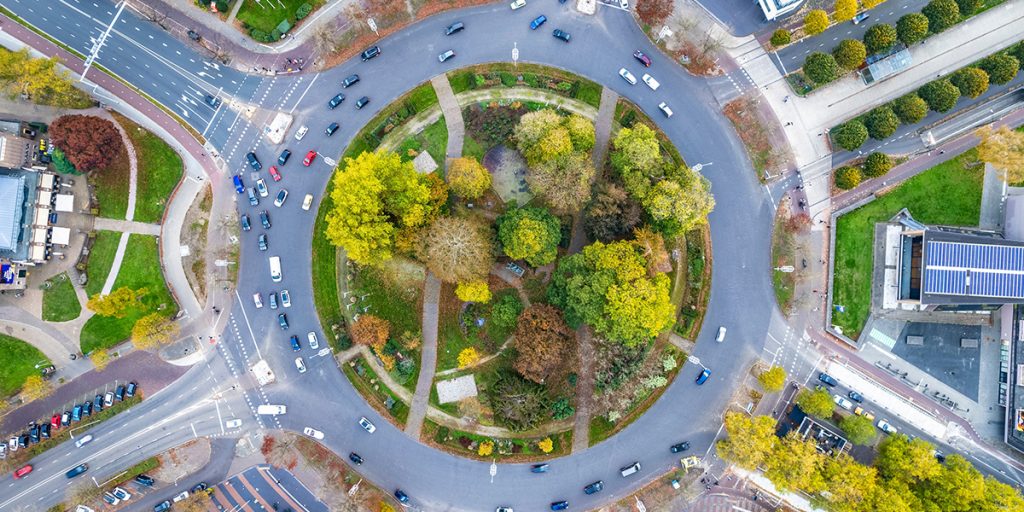
“Our challenge lies in the way of building, but also in the way of rethinking the environment”
Technology, the human factor and maintenance

The Association of European Automobile Manufacturers (ACEA), which represents the 15 largest manufacturers of cars, vans, trucks and buses based in Europe, works with the different institutions and industries in the sector to research, regulate, and promote the automotive sector in Europe. An international technological leader, the entity provides reference information on road safety on the RoadSafetyFacts.eu website.
At the ACEA, among other things, they emphasize the importance of urban planning as a preventive action. And they point out: “Despite the fact that traffic has tripled, road safety in the European Union has improved significantly in the last 30 years. However, road deaths must be further reduced, with the vision of working to achieve zero deaths due to accidents in the future.
The data they provide is indisputable: while in 2001 there were some 54,900 deaths due to accidents, in 2017 the figure dropped to 25,300, taking into account that the number of passenger cars increased by about 60 million during the same period —from 200 to 259,7 million-. A relative success —coupled with the fact that “the European Union has the safest roads in the world,” they say— that should not stop social awareness to continue moving in this direction. The formula: “ensure that safe vehicles will be driven by safe drivers on safe roads.” A symbiosis, therefore, of technology, the human factor and infrastructure maintenance. It all adds up.
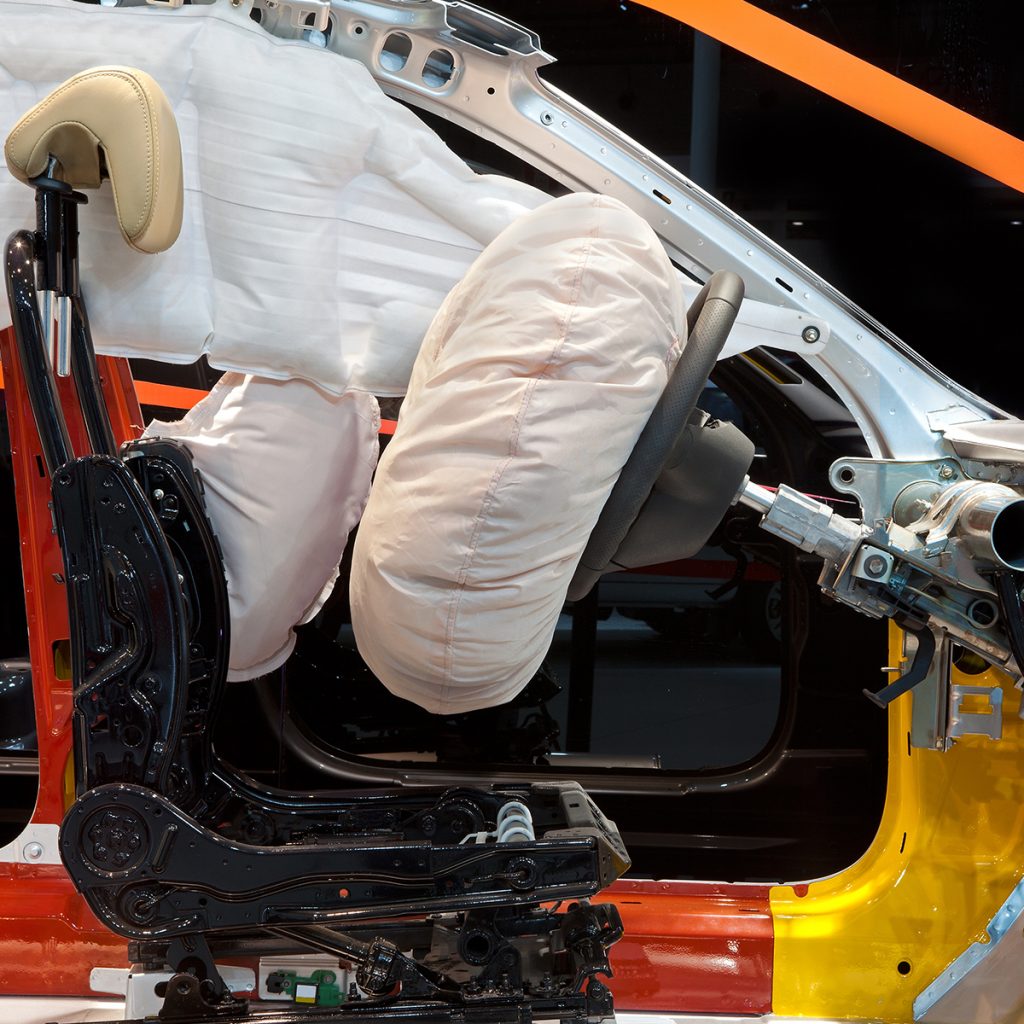
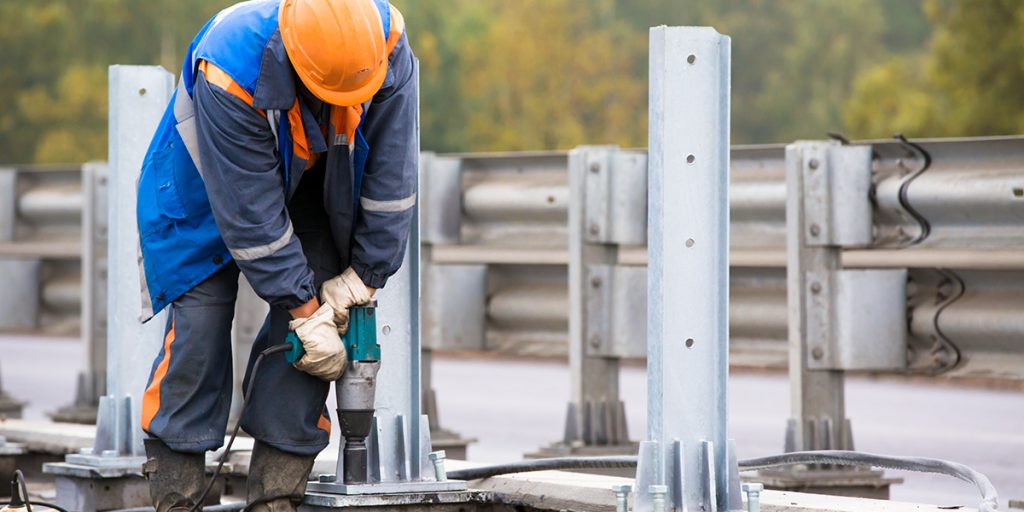
Attention, roadworks! Design improvements
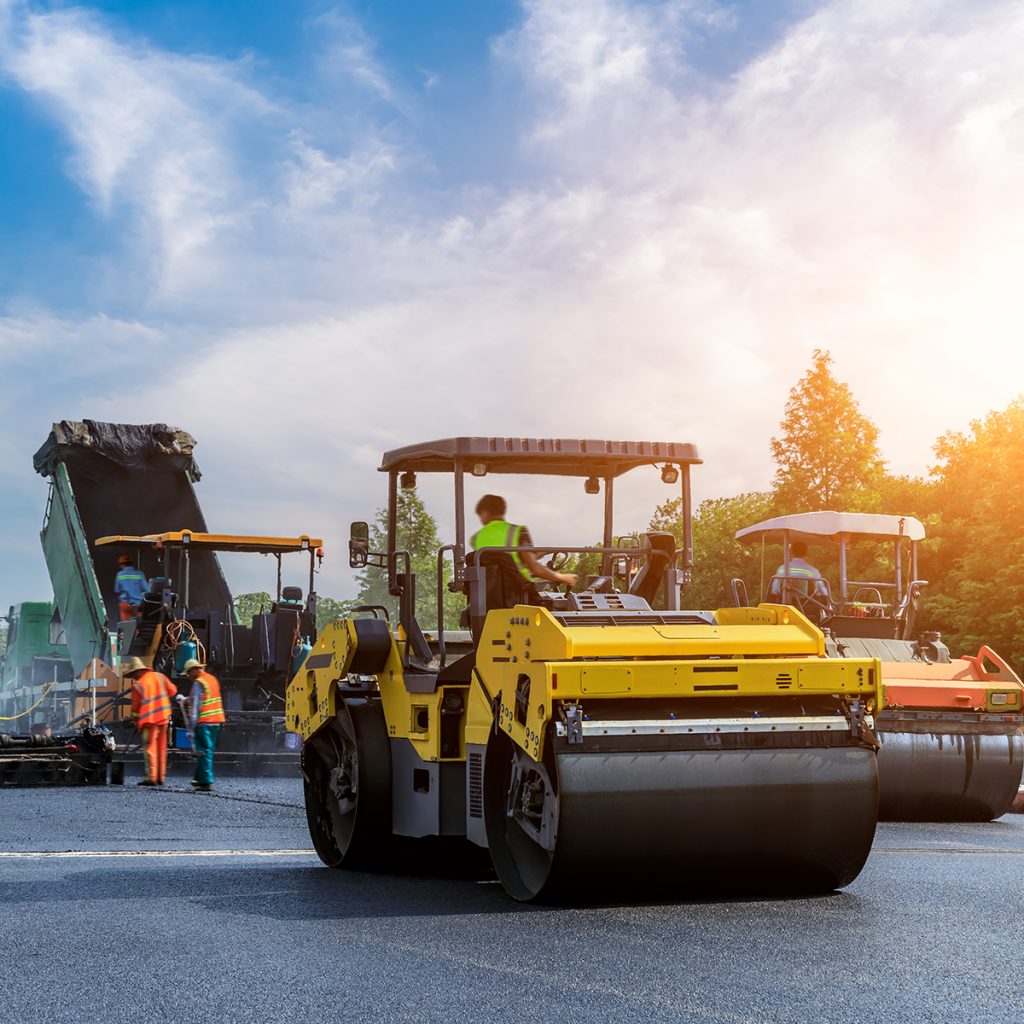
From the Association of European Automobile Manufacturers they emphasize aspects of urban design that are crucial to reduce accident rates: confusing traffic signs, lane separation lines that are hard to see, tarmac in poor condition, and dangerous surfaces. In this sense, they consider urban planning as a fundamental pillar to facilitate circulation and, consequently, optimize citizen happiness. For example, the roads that seek to reduce so-called bottlenecks and relieve traffic congestion result not only in collective patience, but also in road safety. Did anyone imagine that placing roundabouts at intersections would benefit driving? Today, this resource is the first choice, compared to the outrageous signage of other times, which required greater attention and, therefore, led to more distractions for the driver, with potentially negative outcomes. These are things that are learned from experience.
“Urban planning must also consider road safety”, they emphatically state from ACEA.
Another element of capital importance when undertaking improvements lies in the quality of the asphalt. If it deteriorates, it can damage cars and increase the risk of accidents. Likewise, as experts point out, the type of road provides benefits or disadvantages depending on the level of vulnerability of mobility. For example, multi-lane highways are statistically safer—despite involving higher driving speeds—than two-lane expressways or highways.

Happiness behind the wheel
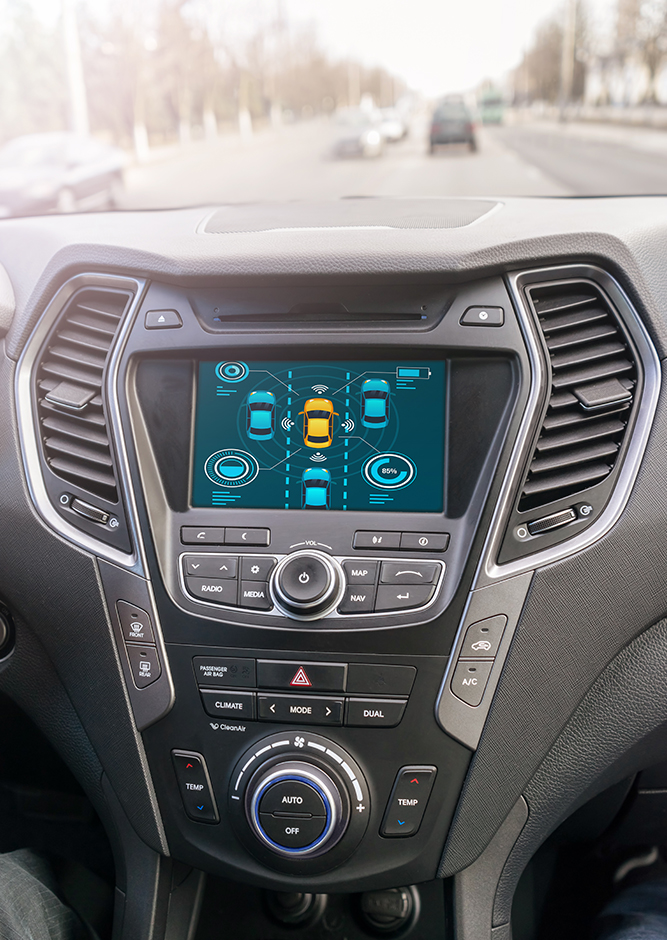
Promoting safer and more comfortable journeys is part of the ethos of happy cities. But it also depends -again, the human factor- on the feeling of those who are behind the wheel in these parts. It is not only urban planning that sets the pace: special mention goes to the motor industry. As for the design of cars itself, which goes beyond performance or the beauty of the model, from the ACEA they advocate prioritizing “active safety systems” and not just the passive ones. “Simply, because they can provide greater benefits and avoid accidents instead of merely lessening the effects of a collision,” they explain.
Yes, but what is this? As defined by the European Automobile Club (CEA), active safety refers to the “elements that contribute to providing greater efficiency and stability to the vehicle in motion, and to the extent that it is possible, avoiding an accident”. In other words, the brakes, the steering, the tires, the suspension, the lights, and the stability control. On the other hand, passive safety is defined as “the elements that minimize the damage that can occur when the accident is unavoidable.” They include the seatbelts, the airbags, the chassis, the bodywork, the windows, and the headrests.
Not to mention artificial intelligence applied to driving, and the irrepressible trend towards connectivity. A technological revolution that, in addition to providing a dose of happiness on wheels, wants to lower accident rates. Without a doubt, we have a long journey ahead of us, with shocks, ups and downs, challenges, mistakes and no return ticket. A symbiosis of factors to feel happier both in the city and behind the wheel.
But, after all, that’s what happiness is all about. Like Galeano’s utopia, it is on the horizon; and, hopefully, ever closer.
“Utopia is on the horizon. I walk two steps, she walks two steps away
and the horizon moves ten steps further.
So, what is the point of utopia?
That is what it is: it’s good for walking.”